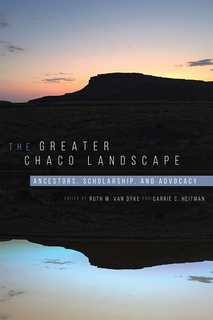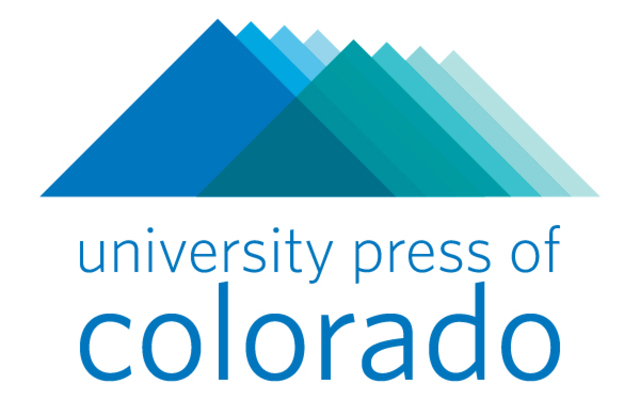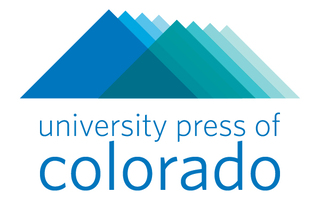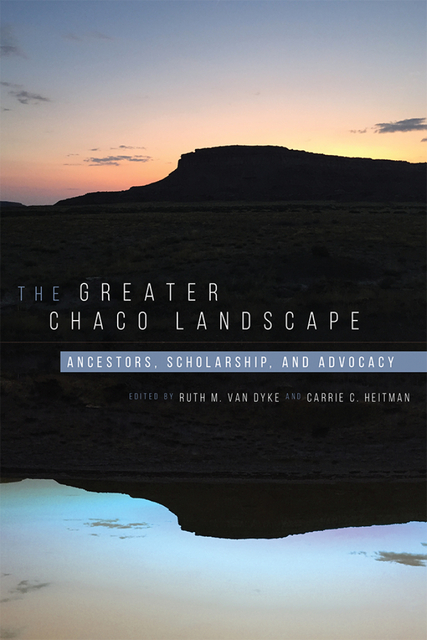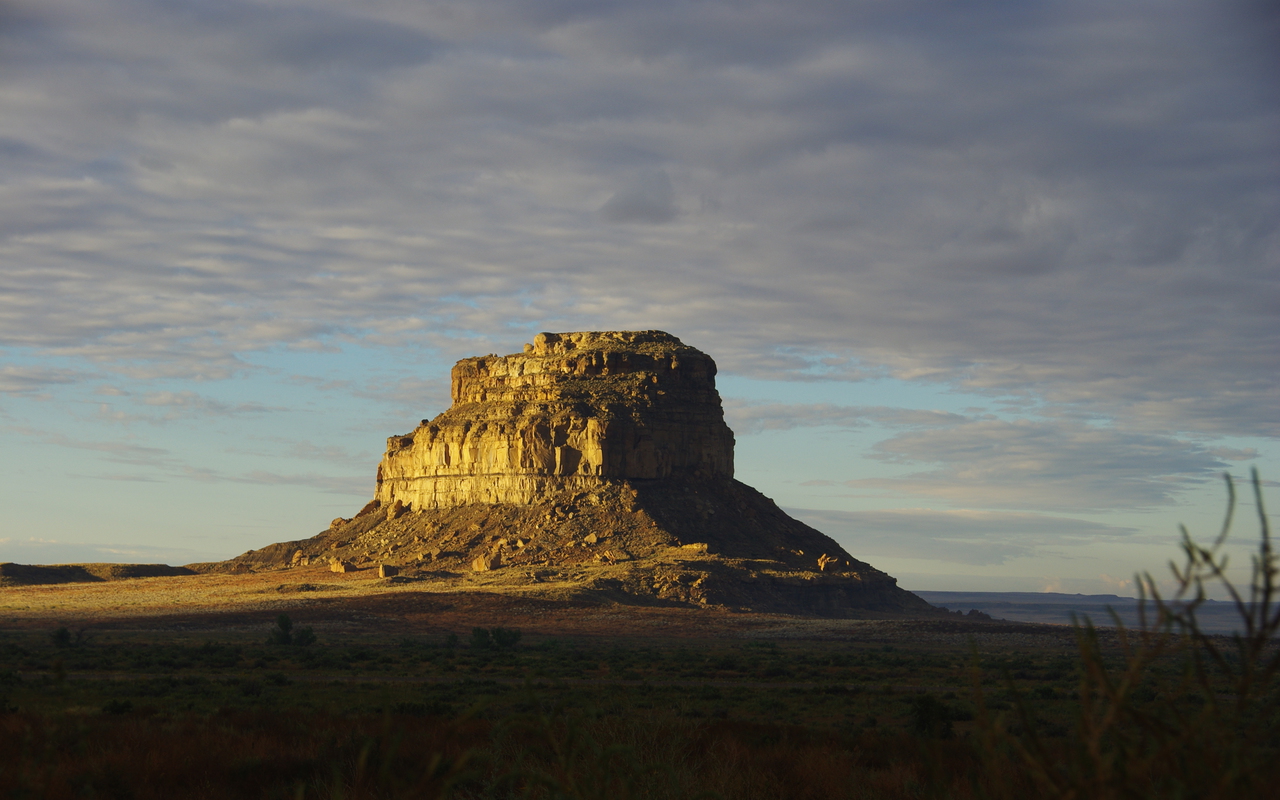2021 AAA Engaged Anthropology Award
2022 SAA Popular Book Award
“The Greater Chaco Landscape is an innovative addition to Chacoan scholarship that comes at a time when these priceless cultural resources are in need of better efforts of preservation and understanding.”
—American Archeology
“This synthetic overview goes beyond addressing scholars who study Chaco and provides all who care about the preservation of the Chacoan archaeological record with a comprehensive overview of the Chaco regional landscape.”
—Mark Varien, Executive Vice President of the Research Institute at Crow Canyon
“As a new statement on Chaco, with updated data, interpretations, and methodologically/theoretically sound contributions, this volume will be an important addition to the corpus of research on and about Chaco and its larger environs.”
—Andrew Duff, Washington State University
"The culmination of eight years of work to bring the perspectives of many stakeholders—including indigenous people, policymakers, researchers and preservationists—together to help navigate conflicts over energy development and, more importantly, inform the public about the history and importance of the Greater Chaco landscape and advocate for its protection."
—Nebraska Today
Since the mid-1970s, government agencies, scholars, tribes, and private industries have attempted to navigate potential conflicts involving energy development, Chacoan archaeological study, and preservation across the San Juan Basin. The Greater Chaco Landscape examines both the imminent threat posed by energy extraction and new ways of understanding Chaco Canyon, Chaco-era great houses, and associated communities from southeast Utah to west-central New Mexico in the context of landscape archaeology.
Contributors analyze many different dimensions of the Chacoan landscape and present the most effective, innovative, and respectful means of studying them, focusing on the significance of thousand-year-old farming practices; connections between early great houses outside the canyon and the rise of power inside it; changes to Chaco’s roads over time as observed in aerial imagery; rock art throughout the greater Chaco area; respectful methods of examining shrines, crescents, herraduras, stone circles, cairns, and other landscape features in collaboration with Indigenous colleagues; sensory experiences of ancient Chacoans via study of the sightlines and soundscapes of several outlier communities; and current legal, technical, and administrative challenges and options concerning preservation of the landscape.
An unusually innovative and timely volume that is available both in print and online—the online edition incorporates video chapters presented by Acoma, Diné, Zuni, and Hopi cultural experts filmed on location in Chaco Canyon—The Greater Chaco Landscape is a creative collaboration with Native voices that will be a case study for archaeologists and others working on heritage management issues across the globe. It will be of interest to archaeologists specializing in Chaco and the Southwest, interested in remote sensing and geophysical landscape-level investigations, and working on landscape preservation and phenomenological investigations such as viewscapes and soundscapes.
